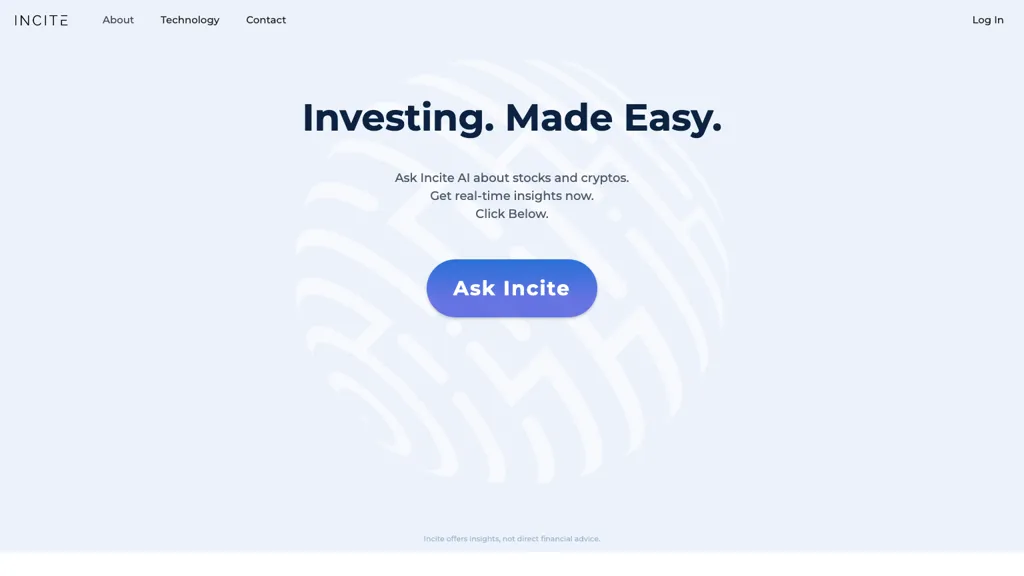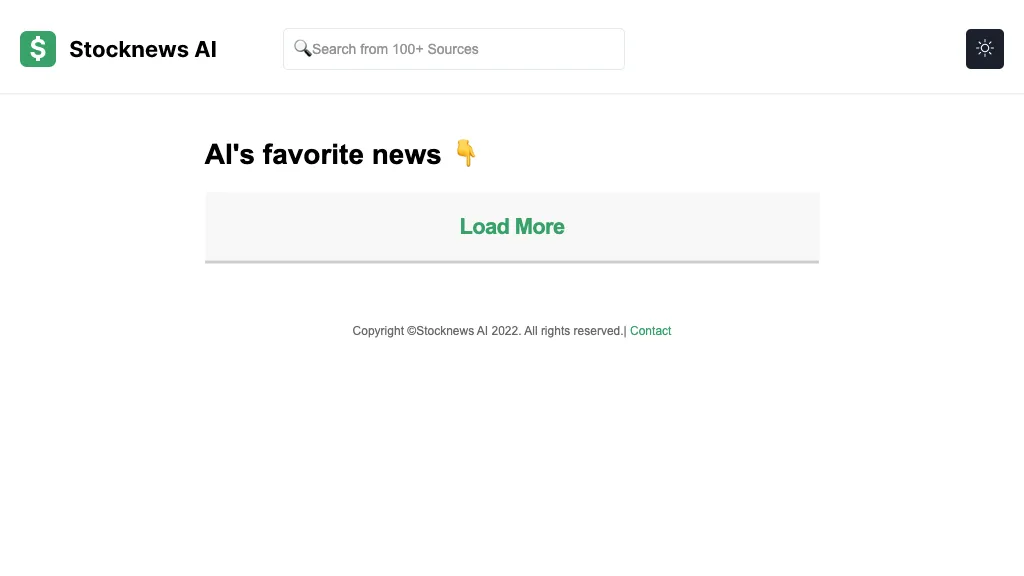20 Free Facts To Deciding On AI Stock Investing Platform Websites
20 Free Facts To Deciding On AI Stock Investing Platform Websites
Blog Article
Top 10 Tips On Assessing The Security And Privacy Of Ai Analysis And Stock Prediction Platforms
Security and privacy are paramount when making use of AI stock predicting/analyzing trading platforms because they typically handle sensitive financial information as well as personal data. A breach or misuse of data can lead to significant financial losses and reputational harm. Here are 10 top suggestions to evaluate the privacy and security of these websites.
1. Evaluate the encryption of data
Encryption while in transit Check that your device is using SSL or other secure protocols (e.g. TLS/SSL), to encrypt information that is transferred between your devices and their servers.
In-rest encryption: Check that the security of data stored on platform servers is encrypted using strong encryption standards.
Make sure the platform supports end-to-end encryption of sensitive data or communications.
2. Examine the Authentication Mechanisms
Two-factor authentication (copyright): Ensure your platform supports copyright to add an extra layer of security.
Biometric authentication - Check for biometric options to use for mobile app login (e.g. finger fingerprint or facial recognition).
Password policies: Check if the platform enforces strong password guidelines (e.g., minimum length or complexity requirements).
3. Check for Compliance
Financial regulations: Ensure that you are in compliance with the relevant financial regulation (e.g. SEC FINRA MiFID II).
Laws on data protection: Verify the compliance of your data privacy laws (e.g. GDPR, GDPR CCPA) when you're operating in or trading with areas that are covered by these laws.
Audit certifications: Check whether the platform has been subject to security audits by a third party or has certifications (e.g., SOC 2, ISO 27001).
4. Review Data Access Controls
Role-Based Access: Confirm that the platform utilizes role-based-access controls (RBAC), to limit access to data only to those who are authorized.
Make sure you have the ability to create different levels of permission for teams or users.
Activity monitoring: Find out whether the platform records and monitors user activities for any suspicious activity.
5. Evaluate the vulnerability management
Regular updates: Ensure that your platform is always updating its software in order to fix vulnerabilities.
Penetration Testing: Check if the platform is routinely put through penetration testing that identifies and corrects security vulnerabilities.
Check whether the platform offers an incentive to researchers to discover flaws.
6. Evaluate Data Privacy Policies
Transparency Review the platform privacy policy to see what data you provide and used or shared.
Data minimization - Make sure that the platform collects only the data it needs for its operation.
Third-party Sharing: Determine if the platform shares its data with third-parties and, if it does and under what conditions.
7. Secure API use is crucial to check
API security: Ensure that the API security of the platform API is secured with methods of authentication, like OAuth and API keys, which are used to secure data exchanges.
Rate limit - Check that the API has limits on rate to stop abuses or attacks using brute force.
Review the logs of access. Verify that the platform monitors API use and logs it for monitoring.
8. Assess Incident Reaction and Recovery
Plans for incident response: Make sure that the platform you are using has a clearly-defined incident response plan. This plan should address handling security breaches and data breaches.
Review the platform's notification policy. Does it inform users immediately if there is an incident?
Backups of data - Ensure that the platform has a strategy for disaster recovery, and that it regularly backs the data up.
9. Assess the physical security measures
Data center security - Ensure that the platform's server is located in secure data centres that have physical security (e.g. surveillance and access control).
Redundancy: Check if there are redundant platforms running on the platform in order to make sure that data is accessible in the event of a hardware failure.
Geographic distribution: Make sure that the data is distributed across different geographical locations to improve the resilience.
10. Test User Privacy Controls
Data deletion - Ensure that you delete your personal data completely from the website when and when you stop using the platform's services.
Privacy settings: See if you have privacy settings that permit you to limit the information shared and made public.
Anonymization: Check whether the platform is able to anonymize data to analyze or machine learning.
Bonus Tips:
Feedback from users and reputation: Read user reviews and feedback to assess the reputation of the platform in terms of privacy and security.
Trial period for free: Try the platform's privacy controls and security features by using the demonstration.
Customer support: Make sure that the platform provides a solid support regarding security issues or concerns.
Use these guidelines to assess the security and privacy level of AI trading platforms that predict stocks. This way your personal information and financial information are secure. A secure platform protects your assets and increases confidence in its service. View the recommended ai stock trading bot free recommendations for blog advice including ai investment platform, ai investment app, options ai, ai for investment, market ai, options ai, best ai trading app, investment ai, investing ai, best ai stock trading bot free and more.
Top 10 Ways To Evaluate The Maintenance And Updates Of Ai Stock Trading Platforms
The regular updates and maintenance of AI trading and stock prediction platforms are critical for ensuring they remain safe, efficient and in line with the ever-changing market conditions. Here are 10 top suggestions for evaluating their updating and maintenance practices.
1. Updates are made regularly
TIP: Find out how often the platform updates (e.g., weekly or monthly, or quarterly).
The reason: Regular updates are a sign of active development and an ability to adapt to market changes.
2. Transparency and Release Notes
Tip: Go through the release notes for the platform to understand what changes or improvements are being made.
Transparent release notes show the platform's dedication to continual improvement.
3. AI Model Retraining Schedule
You can ask the AI model what frequency it is trained.
The reason: Markets change, and models have to change to maintain accuracy and relevance.
4. Bug Fixes, Issue Resolution
TIP: Evaluate the speed at which the platform responds to technical issues or bugs reported by users.
The reason: Quick bug fixes ensure the platform remains reliable and operational.
5. Updates on security
Tips: Make sure that the website is regularly updating its security protocols in order to safeguard the data of users and trading activity.
Security is a must for the financial industry to avoid fraudulent activities and breaches.
6. Integration of New Features
TIP: Check to see if the platform has introduced new functions (e.g. advanced analytics, or new sources of information) based upon the feedback of users and/or market trends.
Why: New features demonstrate flexibility and responsiveness to user needs.
7. Backward compatibility
Tip : Make sure updates do not disrupt functionality that is already in place or require significant changes to the configuration.
Why is this: Backwards compatibility allows for a smooth experience for users through transitions.
8. Communication with users during maintenance
Consider evaluating the way in the way your platform informs users of scheduled maintenance or outages.
Why: Clear communication minimizes interruptions and helps build trust.
9. Performance Monitoring and Optimization
Tip: Check if the platform monitors its the performance metrics (e.g. latency, latency, accuracy) and improves its systems.
What is the reason? Continuous improvement will ensure that the platform remains efficient.
10. Compliance with changes to the regulatory framework
Find out if the platform been updated with its policies and features to ensure compliance with any new data legislation or regulations regarding financial transactions.
Why is it important to follow the rules in order to minimize legal risks, and maintain trust among users.
Bonus Tip: User feedback integration
Check that the platform is taking feedback from users into updates and maintenance. This shows a user-centric approach and dedication to continuous improvement.
Through analyzing these elements, you can make sure that the AI-powered stock prediction and trading platforms that you choose are regularly maintained, updated, and able to adapt to changing market dynamics. Follow the most popular helpful hints on ai stock investing for website recommendations including best ai stock prediction, ai stock prediction, ai stock analysis, free ai tool for stock market india, best ai stocks to buy now, stock trading ai, chart ai trading, free ai stock picker, ai options trading, best ai stocks and more.